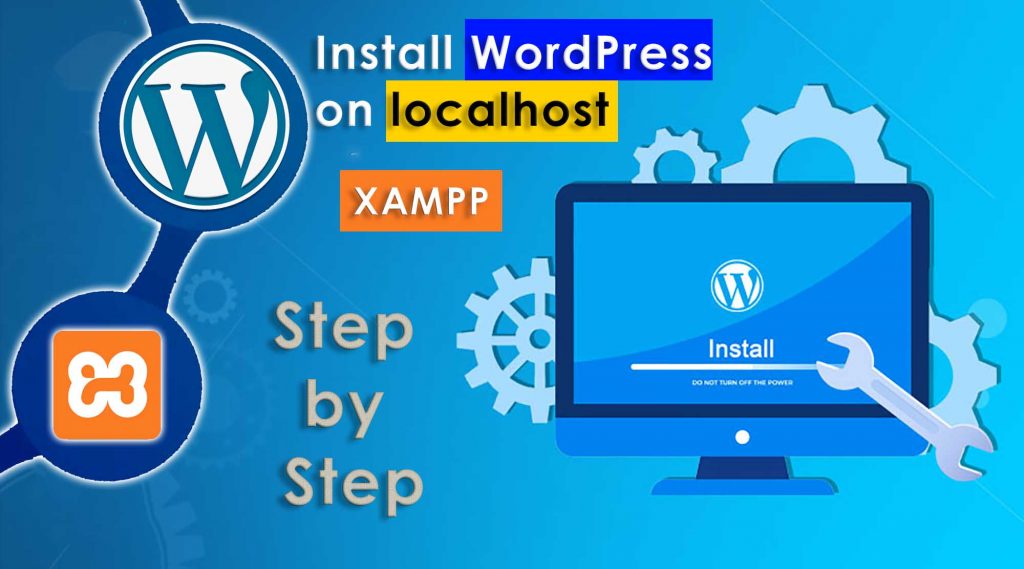If you are a newbie to WordPress, you may want to try installing it using XAMPP. It’s a popular dev environment and is compatible with all platforms. However, if you don’t know how to install it, here are some steps you can follow to get it installed on your computer. Once you have installed it, you can use it as a development environment for your website.

Download Correct XAMPP File for Your OS
The process for installing XAMPP is similar to installing it locally on a Windows, Linux & Mac OSX. Once you have selected the OS, you’ll need to install the necessary software. Fortunately, XAMPP comes with many components, including a PHP interpreter and MariaDB database. Upon installation, all you need to do is choose the appropriate operating system for your computer and select the correct download file.
Install WordPress
Once you’ve completed this step, you can go ahead and install WordPress. XAMPP is a free, reliable, and easy-to-use mini-server that lets you install WordPress. It works on Windows, Linux, and OSX and is available for download. Once you’ve downloaded the file, run the installer to get the software installed on your computer. Once it has installed, you can start testing the webpage and installing plugins.
Proper Steps
- The next step is to activate your antivirus software.
- Make sure you don’t have any folders named xampp in the C: drive directory.
- Next, you should choose your preferred language and click “Next.” Now, you’re all set to go.
- After the installation is complete, you can start your WordPress website.
- Once you’ve done that, you can start the control panel to manage your WordPress settings.
Access htdocs Folder
- After installing WordPress, you should extract the files from the zip file and paste them into the htdocs folder of your XAMPP server.
- Rename the folder to your website’s name so that you can easily identify it later. O
- nce it’s ready, you can test it in the browser.
- Then, you can make any necessary changes in the website’s design and content.
- You can test it out by adding new plugins to the site or changing the template.
Final Words
XAMPP will now launch and ask you whether you want to run the XAMPP Control Panel. This is a tool that provides an interface for running the localhost environment. Once installed, you should click on “Start against xampp” to test the installation. After that, you should see a blue text and a black one. You can click on the ‘XAMPP’ folder and open the web browser.
Once the XAMPP installation is completed, you can continue to install WordPress on your localhost. Once your localhost is installed, you can begin to install plugins and themes. You can then test your changes on your website before publishing it live. Once your site is live, you can begin testing out the plugins and themes. You can do all this by using WordPress with XAMPP on your localhost.
